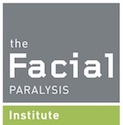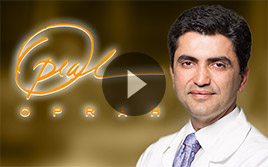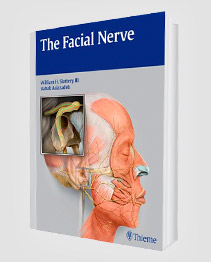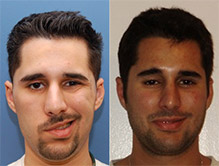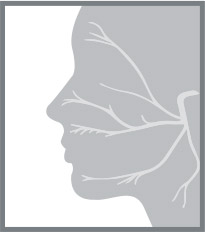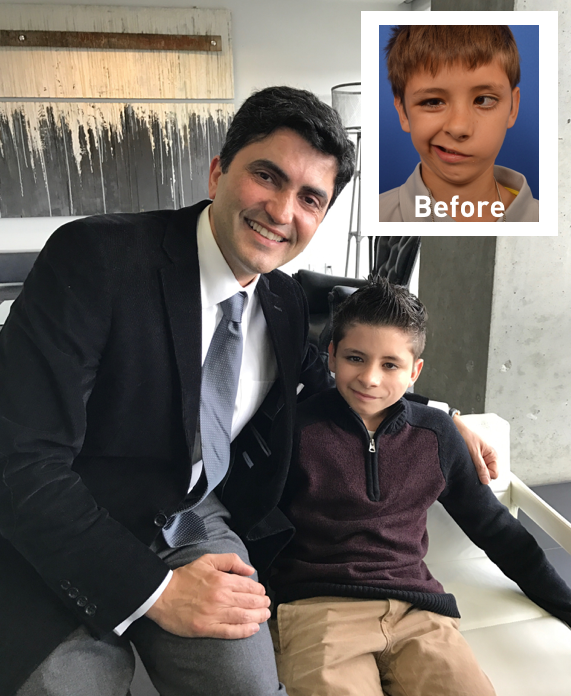
How Common Is Facial Paralysis?
Facial paralysis prevents an individual from moving one or both sides of the face. There are many types of facial paralysis, and these conditions affect thousands of people around the world.
Read more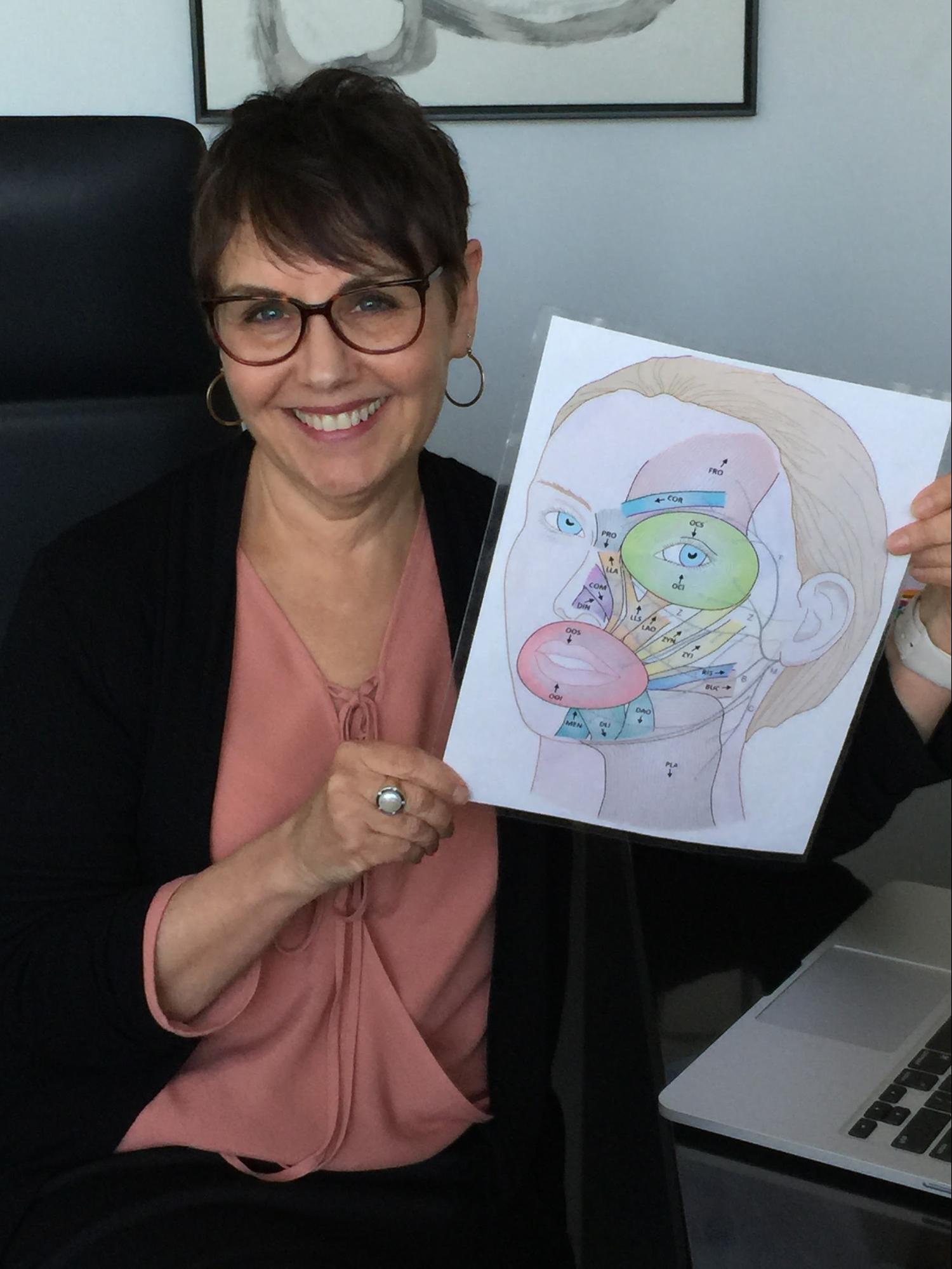
When Should I Start Neuromuscular Retraining After Bell’s Palsy?
For individuals who are dealing with facial paralysis associated with Bell’s palsy, neuromuscular retraining (NMR) may be a viable treatment option.
Read more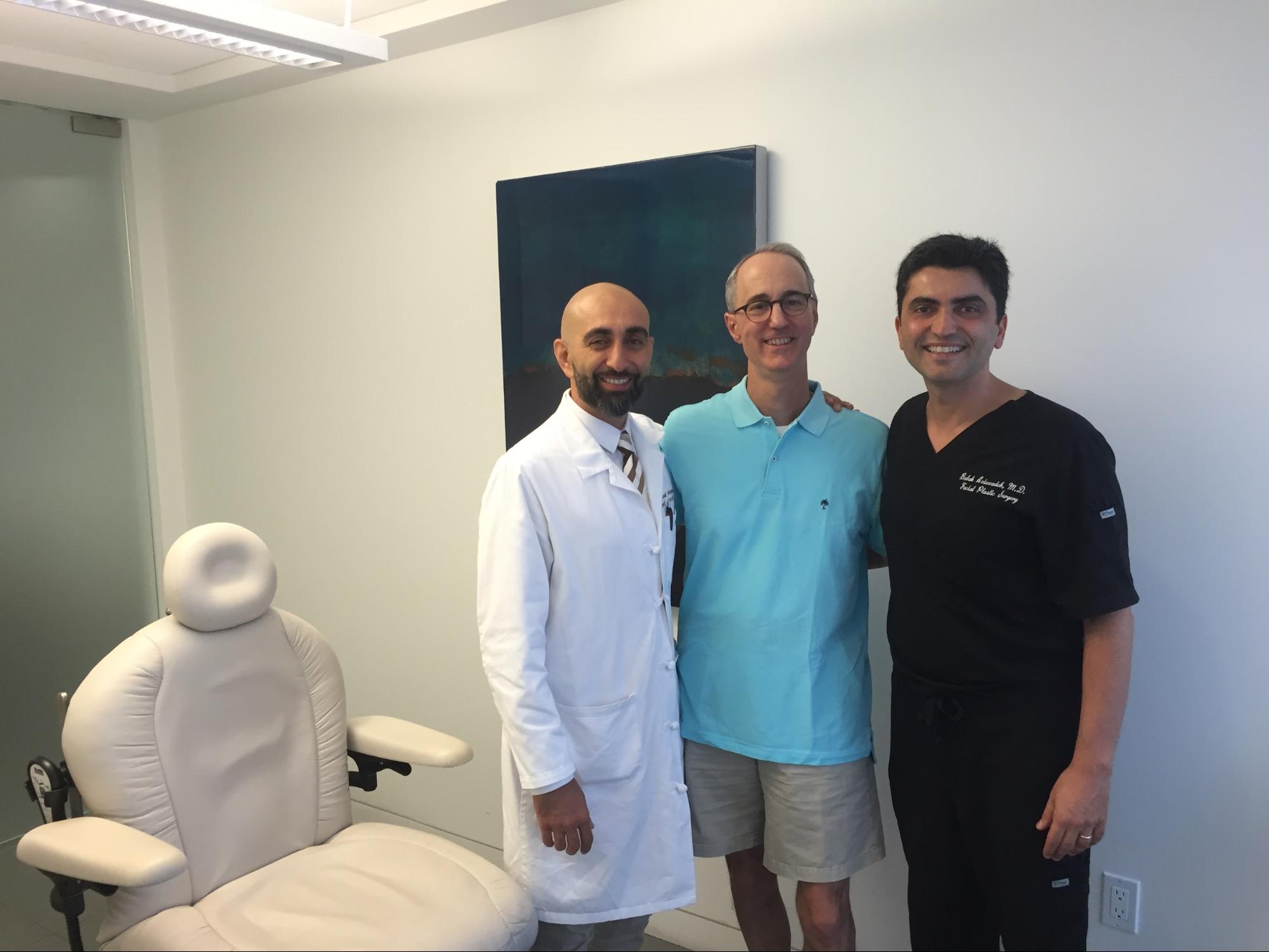
Preserving the Facial Nerve During Parotid Surgery
The facial nerve controls facial expression and movement and passes directly through the parotid gland, an organ that enables verbal and non-verbal communication.
Read moreMuscle Retraining After Facial Nerve Transfer Surgery: What You Need to Know
Facial nerve transfer surgery can help improve facial reanimation for those who suffer from permanent Bell’s palsy or complete facial paralysis
Read more
When It Comes to Facial Paralysis, Which Muscles Are Most Important?
During a consultation, Dr. Azizzadeh will perform an in-depth patient analysis. Then, he will offer treatment recommendations to help a patient overcome facial paralysis symptoms once and for all.
Read more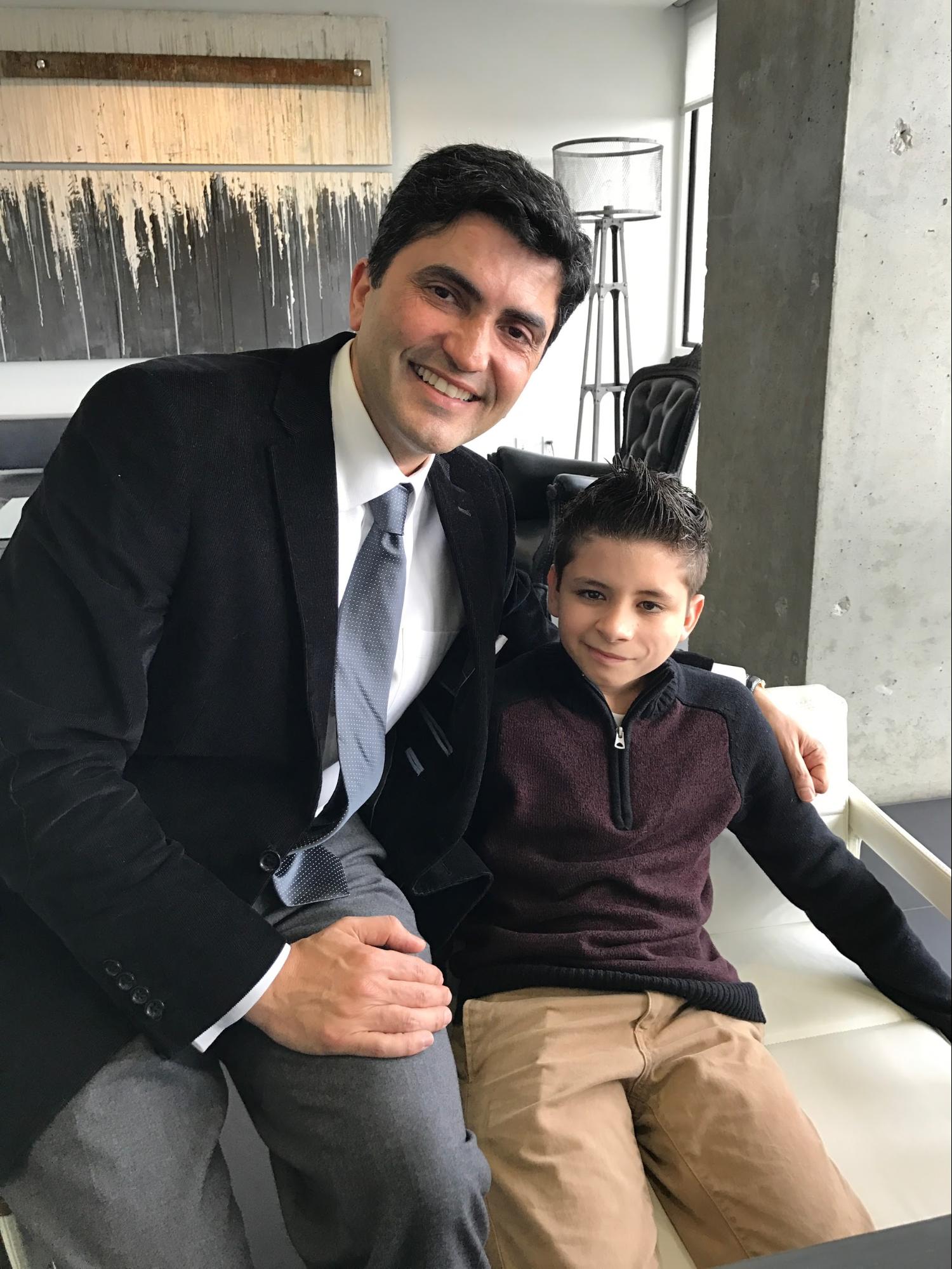
What to Expect from a Facial Paralysis Consultation
Facial paralysis involves the loss of facial movement due to facial nerve damage. It can cause one or both sides of the face to droop or become weak. However, facial paralysis can often be improved, to some degree, by a facial nerve expert.
Read more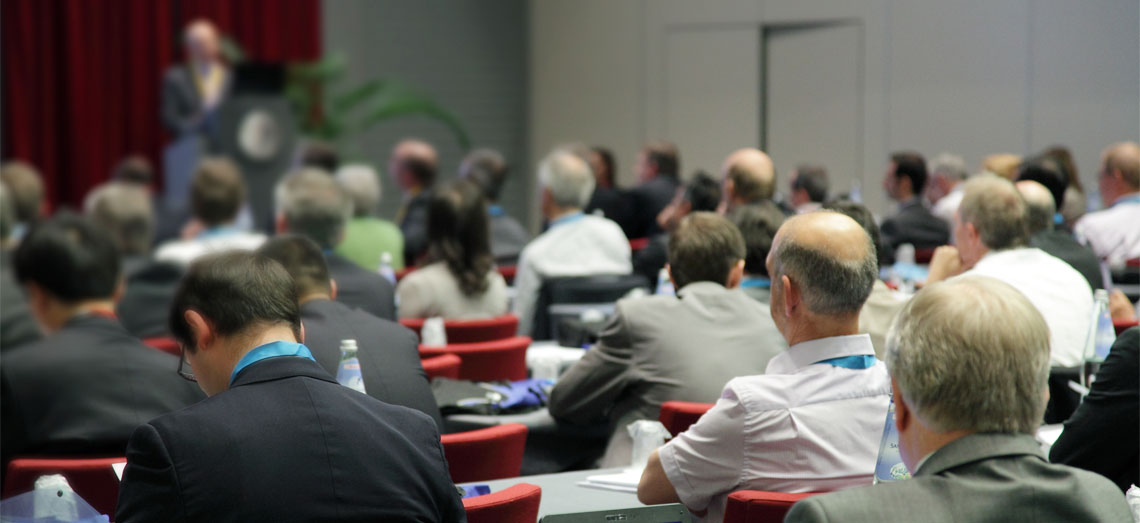
The 13th International Facial Nerve Symposium: Here’s What You Need to Know
The 13th International Facial Nerve Symposium, the largest gathering of facial nerve experts from across the globe, will take place Aug. 3 to 6, 2017 at the Loews Hollywood Hotel in Los Angeles.
Read more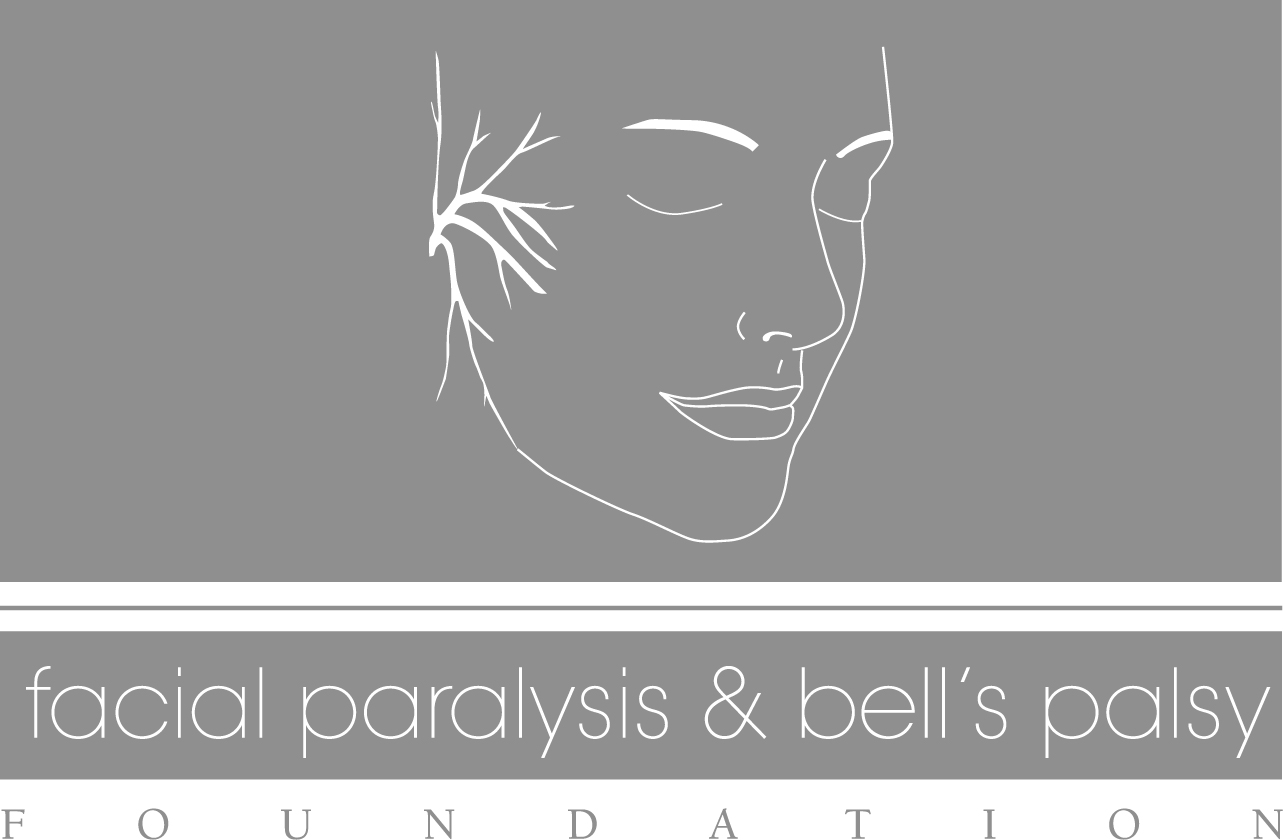
The Facial Paralysis and Bell’s Palsy Foundation
Patients who suffer from Bell’s palsy or any other type of facial paralysis often experience a plethora of emotions. One feeling that is most commonly noted is isolation.
Read more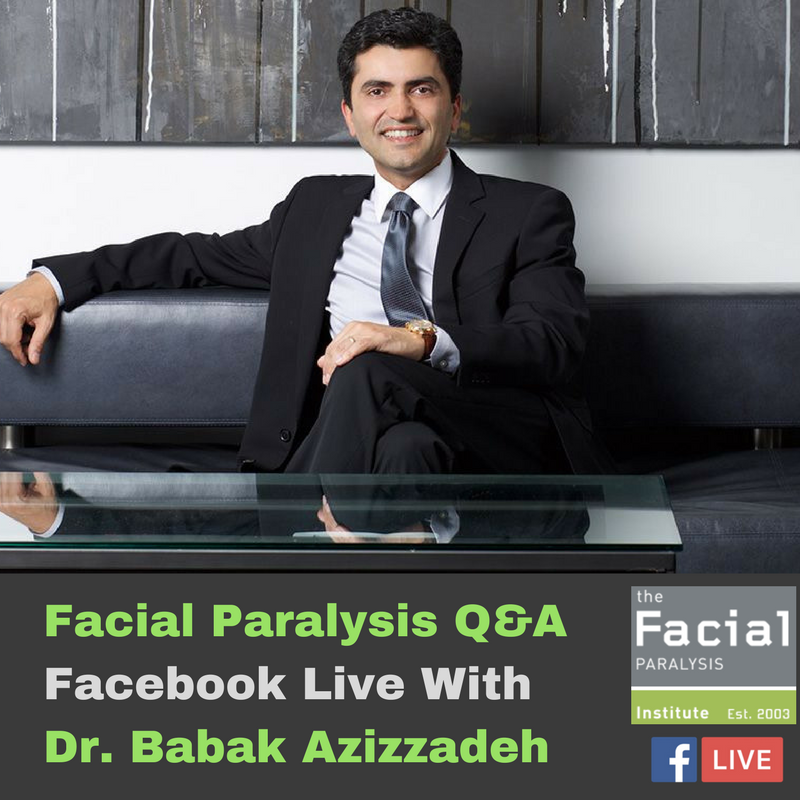
Facial Paralysis Question & Answer with Dr. Azizzadeh – February Facebook Live
This is Doctor Azizzadeh. Today we’re gonna do a Question & Answer and hopefully we’ll be able to give you some responses about some of the questions you may have about Facial Paralysis and Facial Nerve Palsy.
Read more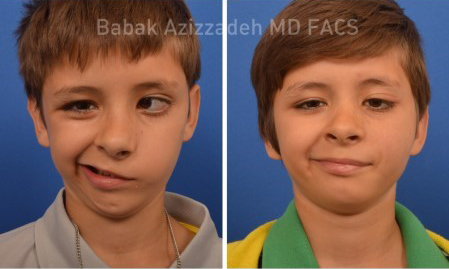
Surgical Options for Children with Facial Paralysis
Facial Paralysis can be devastating to live with, especially as a child. Children can have varying forms of facial paralysis that can be a result of a variety of different factors.
Read more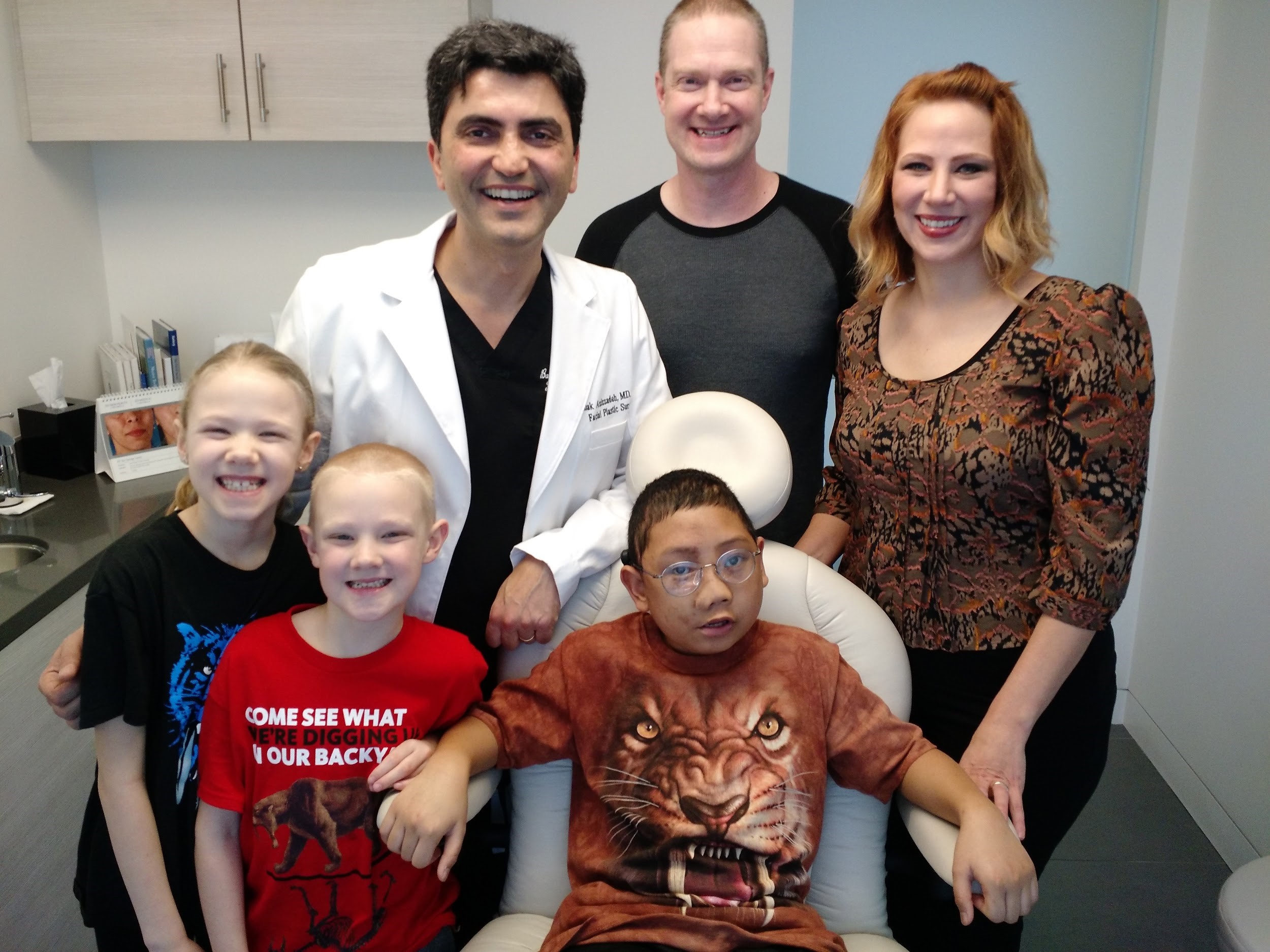
Dr. Azizzadeh Assists 11-Year-Old Boy with Facial Paralysis
Recently, globally recognized facial plastic and reconstructive surgeon Dr. Babak Azizzadeh helped Ryder Reddig, an 11-year-old boy from the Philippines with facial paralysis as a result of a facial tumor.
Read more
How to Fix a Crooked Smile: Here’s What You Need to Know
Facial paralysis treatments are available to help improve the effects of partial facial weakness or permanent paralysis.
Read more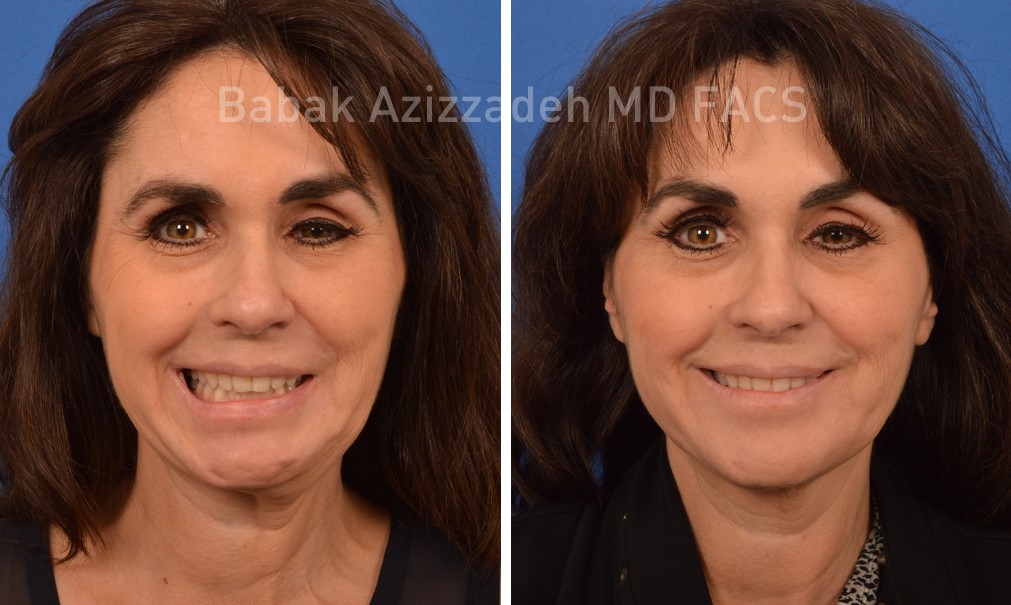
Best Treatment Recommendations for Recent Bell’s Palsy by Top Experts
Developing Bell’s palsy can be a frightening experience and many patients who were recently diagnosed are left with lingering questions; What type of doctor should I see? What can I do to treat Bell’s palsy?
Read more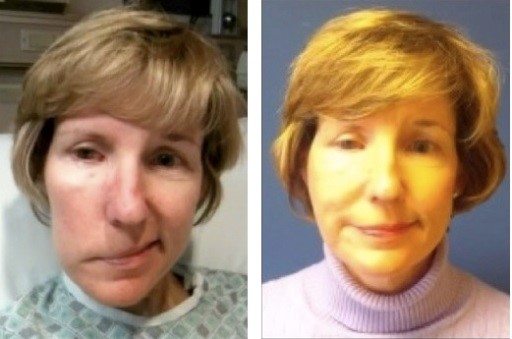
New Study Links Facial Paralysis, Depression, and Quality of Life
A recent study published by JAMA sheds light on an extremely important issue among the facial paralysis community; depression. It’s no surprise that the challenges presented by facial paralysis are not limited to physical difficulties.
Read more
Jane’s Facial Paralysis Story
Jane is a patient who developed facial paralysis after having surgery to remove an acoustic neuroma in 2010. Her operating surgeon told her that she needed to be patient and she would eventually get movement back.
Read moreCongenital Facial Paralysis: Causes, Symptoms, and Treatment
Selective neurolysis is a cutting-edge operation for partial facial paralysis or synkinesis patients. It is used to help patients who cannot generate an appropriate smile.
Read more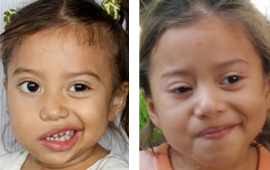
What is Congenital Facial Paralysis?
Congenital facial paralysis is used to describe facial palsy that is present in children at birth. It is a rare form of facial paralysis that only affects a small number of children. Congenital facial paralysis, also known as developmental paralysis, makes it difficult for children to express emotion, close their eyes, nurse, and can be coupled with other disorders or deformities. If left untreated, congenital facial paralysis
Read moreThe Facial Paralysis & Bell’s Palsy Foundation
In 2008, world-renowned facial plastic and reconstructive surgeon Dr. Babak Azizzadeh founded the Facial Paralysis & Bell’s Palsy Foundation.
Read more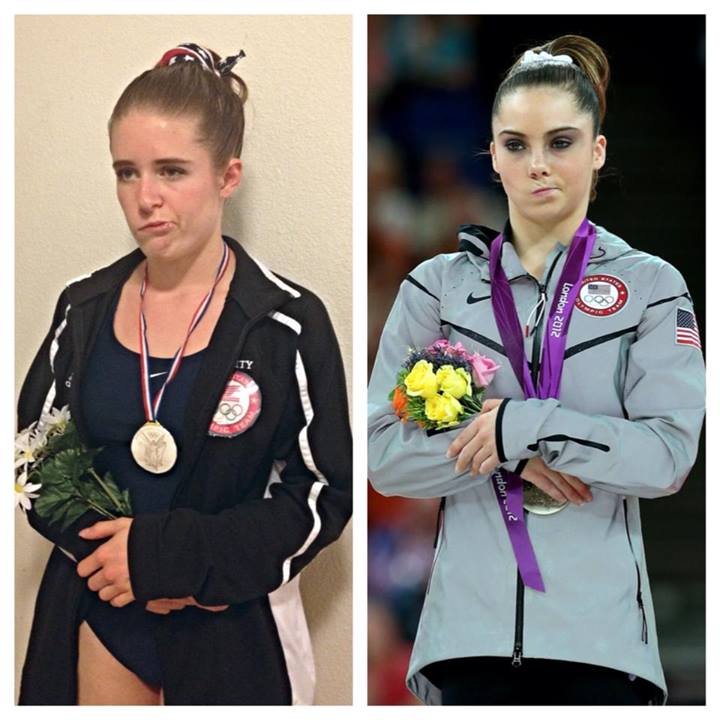
Gymnastics Fan with Bell’s Palsy Dresses Up as McKayla Maroney for Halloween
Leslie Barrett was diagnosed with Bell’s palsy over two months ago, but that didn’t stop this young woman from having a little fun at Halloween. Inspired by Olympic gymnast McKayla Maroney’s infamous “not impressed” face, Leslie used her frozen facial expression caused by Bell’s palsy to imitate Maroney and dress as her for Halloween. Leslie’s costume was a big hit at the Halloween party she attended and became an online viral sensation when she posted the picture directly to McKalya Maroney’s Facebook page. On Facebook, Leslie stated that the costume gave her an opportunity to help her deal with the slow recovery from Bell’s palsy she has faced the last few months.
Read more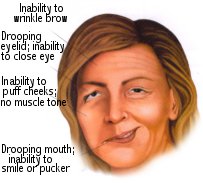
New Bell’s Palsy Clinical Practice Guideline Published
The medical journal Otolaryngology–Head and Neck Surgery recently published a new multidisciplinary clinical practice guideline for the diagnosis and treatment of Bell’s palsy.
Read more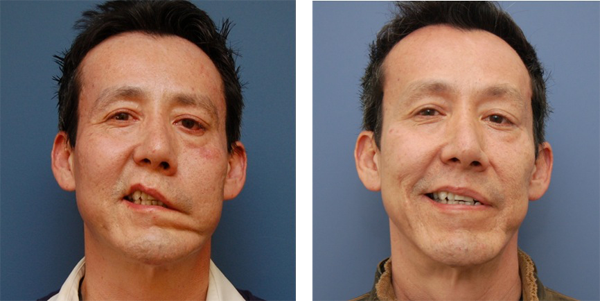
Acoustic Neuroma Treatment
Acoustic neuromas are the most common type of non-cancerous brain tumor. Although they are not cancerous tumors, they commonly cause a multitude of other medical problems. Any patient with an acoustic neuroma should seek medical treatment from an expert right away.
Read more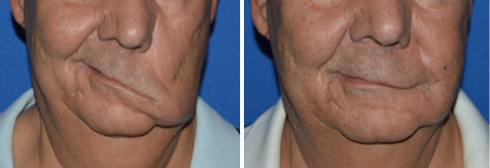
Diagnosing Synkinesis
Synkinesis is a condition that occurs as a result of abnormal facial nerve regeneration after facial nerve injury or Bell’s palsy. Meaning “simultaneous movement,” synkinesis results when facial nerve fibers reattach to the wrong nerve
Read more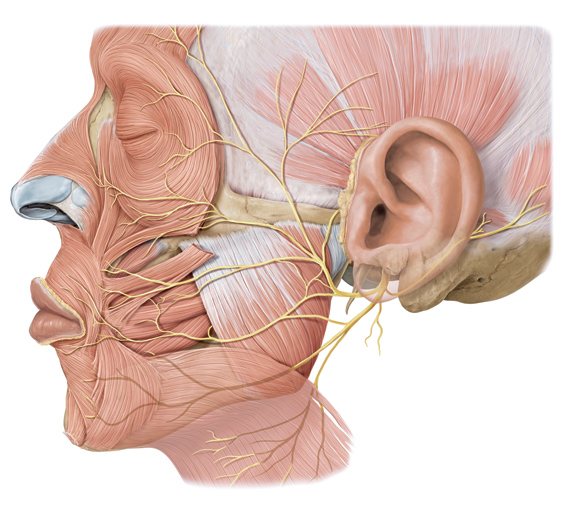
What Are the Best Facial Exercises for Bell’s Palsy?
Treating facial paralysis can be a complex, difficult, and trying process. Depending on the individual facial paralysis patient, the recommended treatment may be different, but the process of regaining facial animation almost always involves some physical therapy. Here at the Facial Paralysis Institute, we can guide you through every step of the process including physical therapy through customized therapy sessions. Dr. Azizzadeh and his team of experts have helped countless patients regain facial muscle movement through physical therapy.
Read moreRequest your consultation with Dr. Azizzadeh today
Call us at (310) 657-2203 to schedule an appointment.
Schedule a Consultation